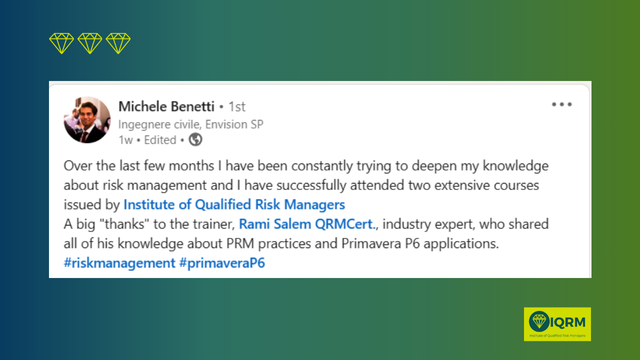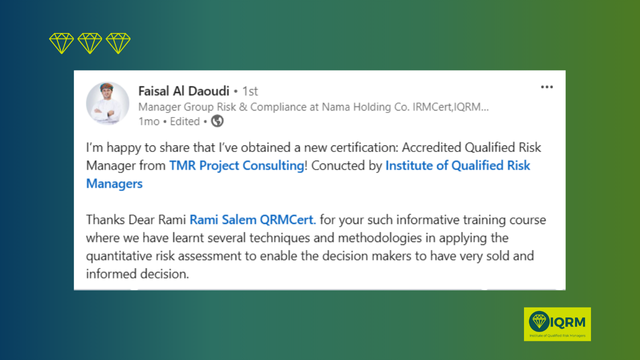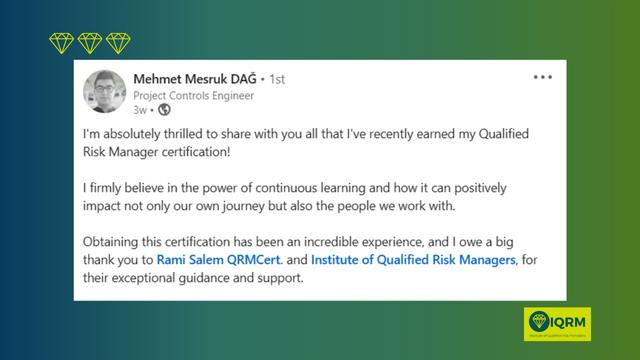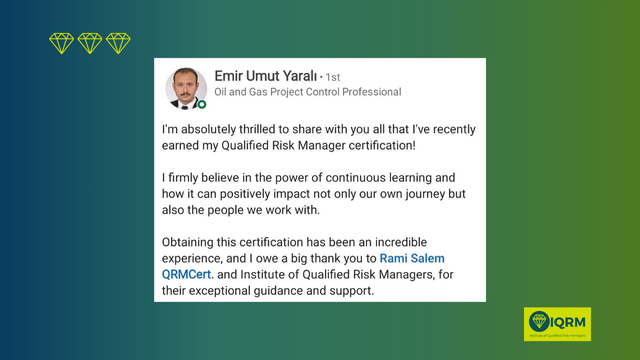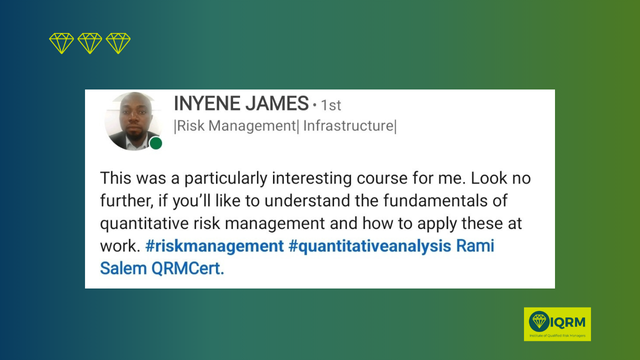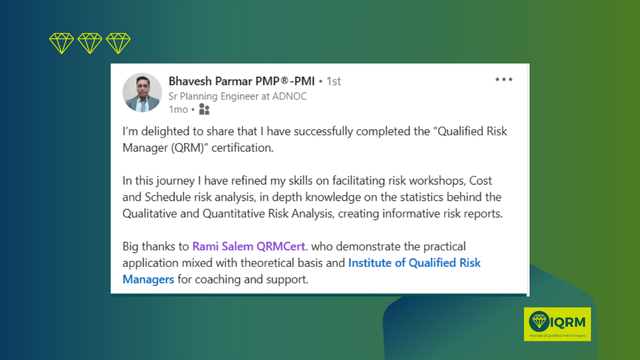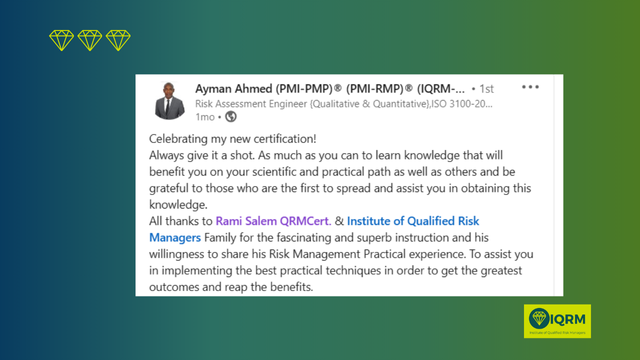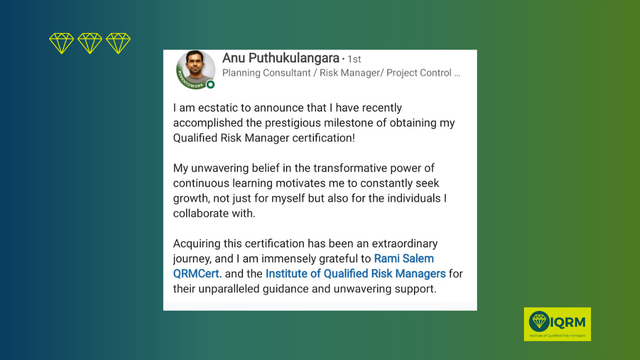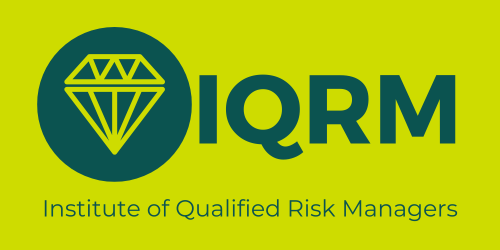Lesson series
QRM Diploma + AI (Self-Paced)
Learn How to find Data, Build a Schedule Risk Analysis, Cost Risk Analysis and Make better decisions with Risk Management (Self-Paced Version)
Write your awesome label here.
Start your career advancement in Risk Management
Quantitative Risk Management Course and Certification (QRM Diploma + AI)
An online risk management certification that teaches Monte Carlo simulation, schedule risk analysis, and cost risk analysis—with hands-on Safran Risk training and AI accelerators.
Why this Risk Management Certification?
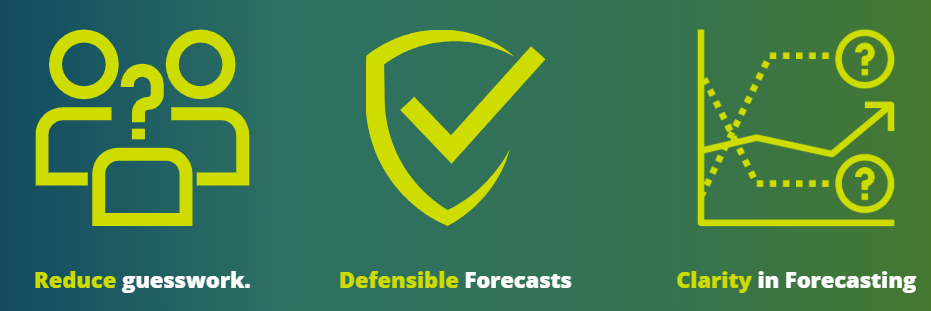
Quantification vs Heat Maps
Risk Management in 2025
Who this risk management course is for
Who this risk management course is NOT for

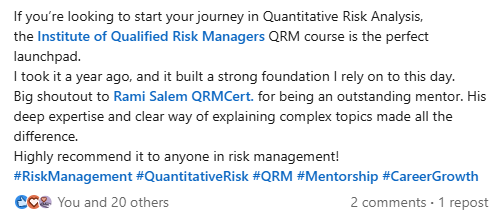
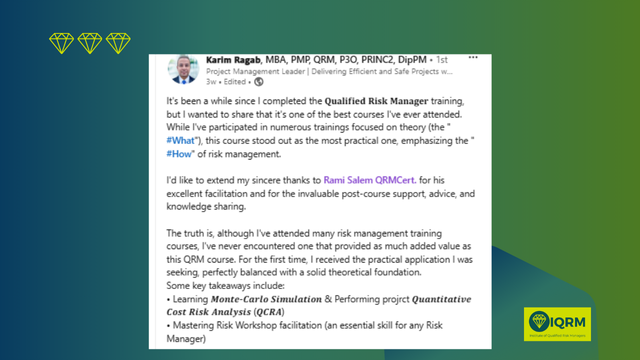
AI = Your Risk Assistant
Program Curriculum — Qualified Risk Manager Diploma (QRM) a Project Risk Management Course
Module 1: Monte Carlo Simulation & Probability Distributions
Module 2: Schedule Risk Analysis (QSRA) & Cost Risk Analysis and Risk Register
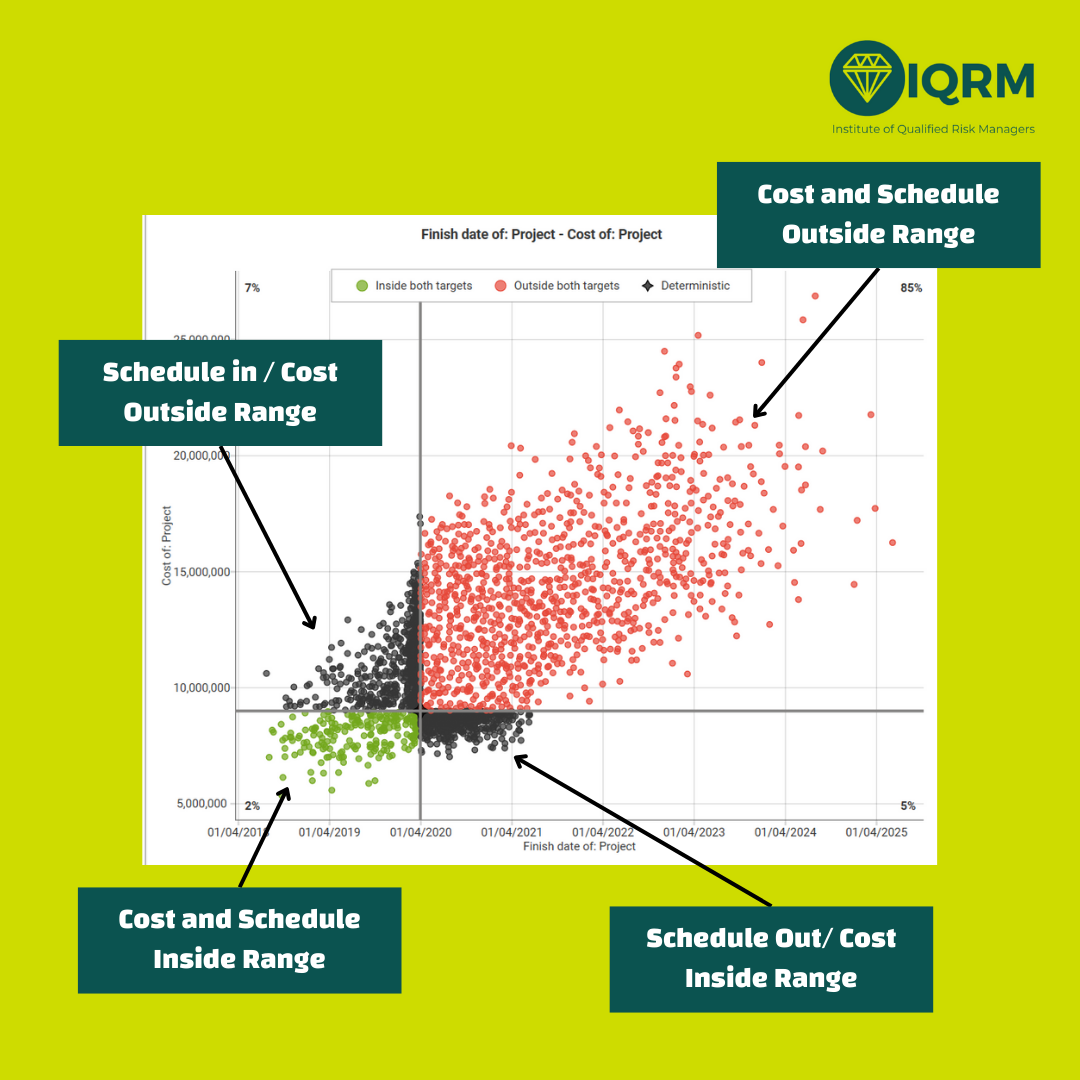
Module 3: From Risk Register to Decisions (Utility, JCL)
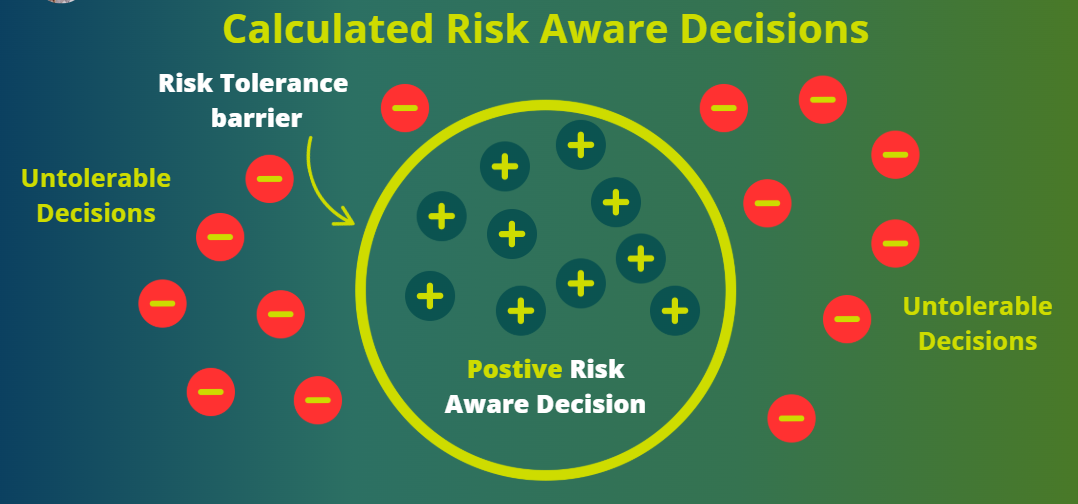
You will get access to Monte-Carlo Simulation Software
Software Access
Write your awesome label here.
ARGO
You will Get Free Access to ARGO a Monte-Carlo Software
Write your awesome label here.
Safran Risk Training License
You will get 30 Days free access to Safran Risk
Write your awesome label here.
ModelRisk Training License
You will get 14 Days Access to Model Risk an advanced Monte-Carlo Software
QRM Diploma Exam and Certificate

Rami Atef Salem
Rami is a seasoned risk management professional with 15 years of experience in the Oil and Gas industry, specializing in Quantitative Risk Assessment (QRA), decision-making models, and project risk analysis. As an expert in Safran Risk and advanced risk techniques, he has guided countless professionals in transitioning from qualitative to quantitative approaches in risk management.
Guaranteed Security using one of the most advanced encrypted systems on the market.
The information in this page is being processed and encrypted securely using industry-leading encryption and fraud prevention tools.
